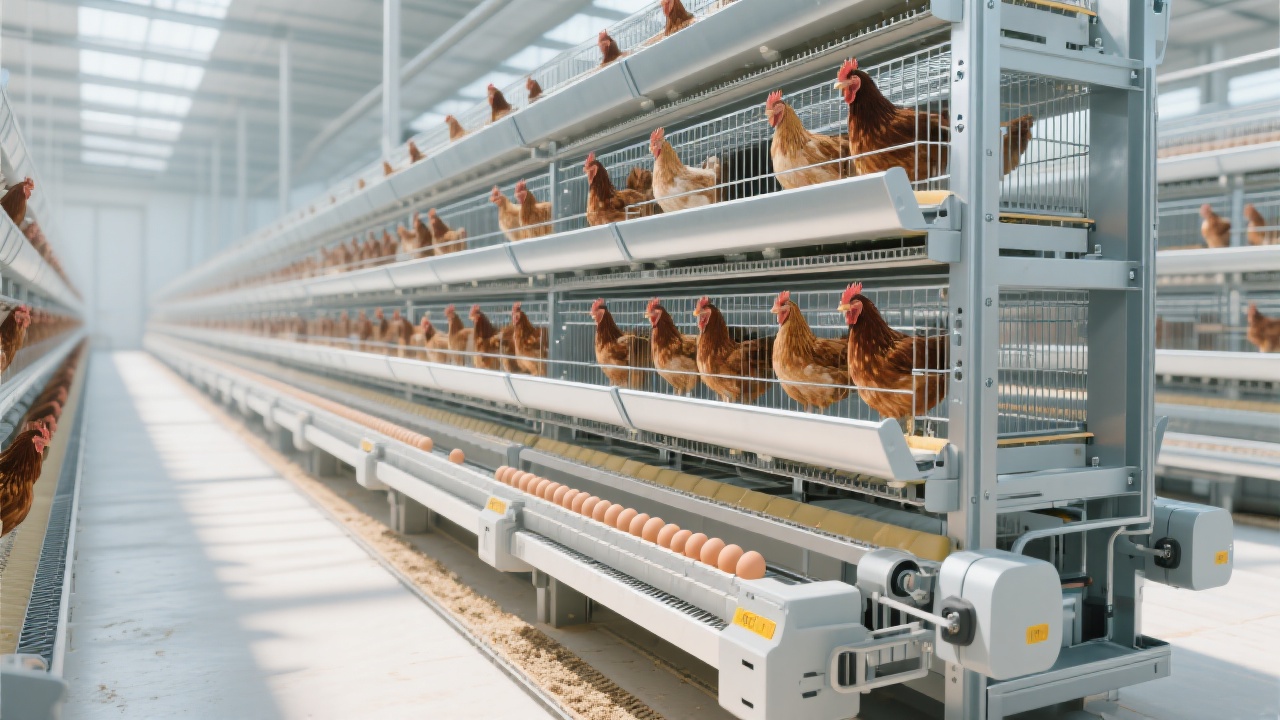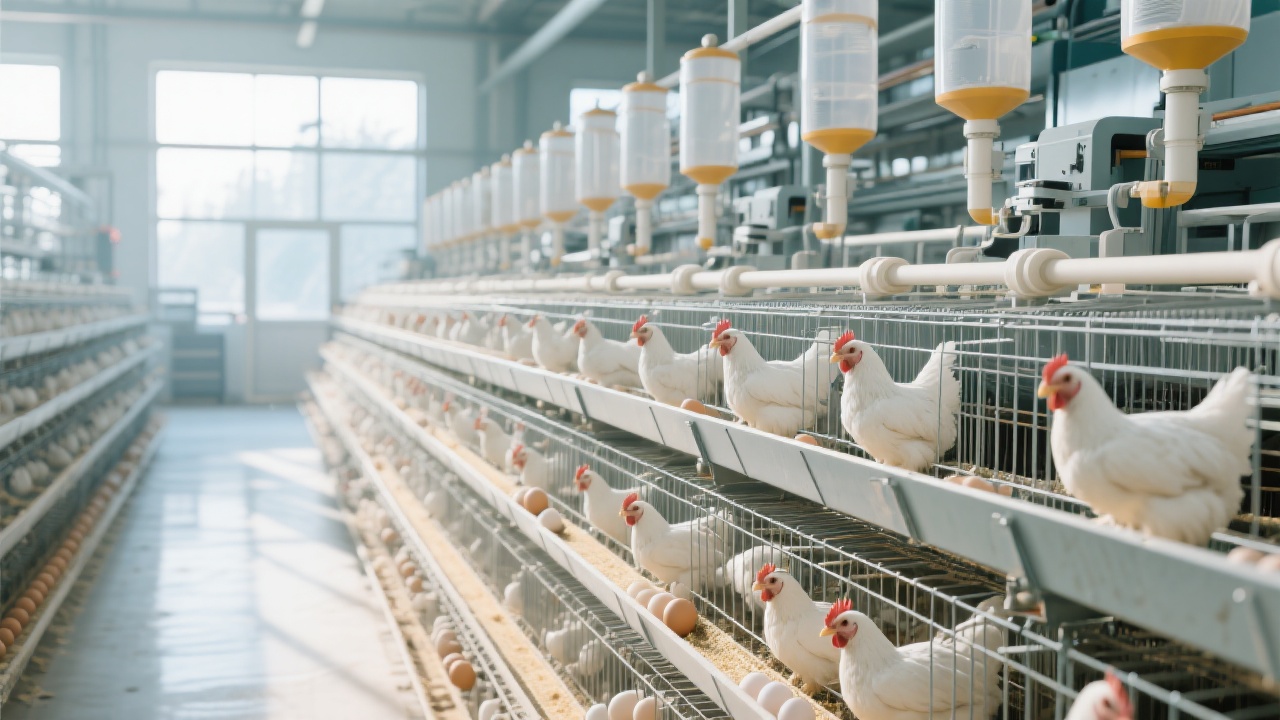
In the layer hen farming industry, you might have noticed that high-temperature and high-humidity environments can lead to a series of problems. Poor ventilation is one of the most significant issues. When the air in the chicken coop doesn't circulate well, hens are more likely to suffer from respiratory diseases. According to industry research, in coops with poor ventilation, the incidence of respiratory diseases among hens can reach up to 30%. Moreover, the egg-laying rate can decline by about 15-20%. This directly affects your farm's profitability.

Now, let's talk about the H-type layer hen cages from Zhengzhou Livi Machinery. These cages are designed with an innovative ventilation system. The scientific layout of the mesh holes and the optimized inter-layer spacing play crucial roles in ensuring good air circulation.
The mesh holes on the H-type cages are precisely designed. They are sized and spaced in a way that allows air to flow smoothly through the cages. This design not only promotes natural air intake but also helps in expelling stale air. It's like having small windows all over the cage, constantly letting in fresh air.
The inter-layer spacing of the H-type cages is carefully calculated. It creates enough space for air to move between different layers. This vertical air movement is essential for preventing the accumulation of ammonia and other harmful gases. In traditional cages, the lack of proper inter-layer spacing often leads to poor air quality between layers.
The H-type cages are designed to achieve a synergistic convection of natural wind pressure and mechanical ventilation. The air flow path is well-planned, which effectively eliminates air flow dead zones. This means that every corner of the cage can receive fresh air, ensuring a healthy living environment for the hens.

Let's compare the H-type cages with traditional ones. In traditional cages, due to poor ventilation design, there are often areas where air doesn't circulate well. This leads to the accumulation of ammonia, which has a pungent smell and is harmful to the hens' health. In contrast, after using the H-type cages, the ammonia concentration in the chicken coop can be reduced by up to 50%. The following table shows a comparison between traditional cages and H-type cages:
| Indicators | Traditional Cages | H-type Cages |
|---|---|---|
| Ammonia Concentration | High (up to 20 ppm) | Low (less than 10 ppm) |
| Respiratory Disease Incidence | Up to 30% | Less than 10% |
| Egg-laying Rate | Decline by 15-20% | Increase by 10-15% |
Apart from using the H-type cages, there are some other measures you can take to further optimize ventilation in your chicken coop.
Install exhaust fans at appropriate positions in the coop. The fans should be placed in areas where air tends to stagnate, such as the corners. This can enhance the overall air circulation in the coop.
Intelligent sensors can be used to monitor the air quality, temperature, and humidity in the coop. Based on the data collected by the sensors, you can adjust the ventilation system in a timely manner to maintain a stable environment for the hens.
Make sure there is enough space between cages. This can prevent overcrowding and ensure good air flow between different cages.

In conclusion, the H-type layer hen cages from Zhengzhou Livi Machinery can effectively solve the ventilation problems in chicken coops. By improving air quality, they can help you raise healthy and productive hens. If you want to know more about the product details or need personalized solutions, please contact our technical support team. Also, feel free to leave your questions in the comments section below. Have you encountered similar ventilation problems in your farm? Share your experiences with us!

